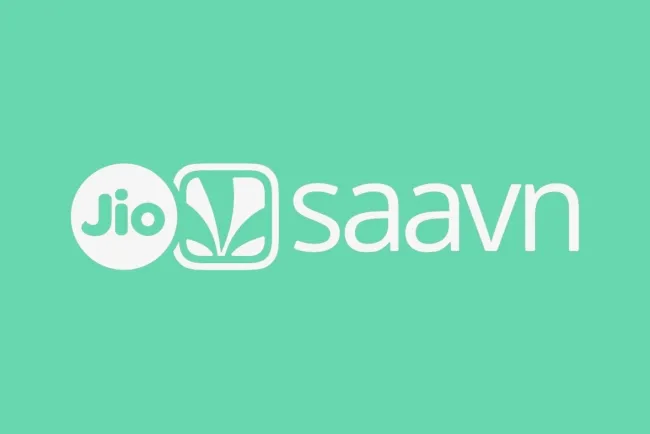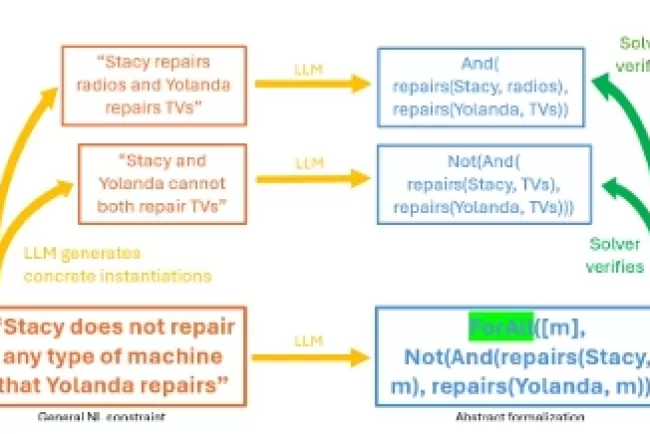Video Calling: Breaking Barriers and Connecting Worlds...!!!
Video calling has transformed the way we communicate, breaking down geographical barriers and allowing people to connect in virtual spaces. This technology has become essential in various aspects of life, from personal connections to professional interactions.

Understanding Video Calling
Video calls involve real-time, two-way communication that transmits both audio and video signals between participants. By utilizing the internet and devices equipped with cameras and microphones, such as smartphones, tablets, and computers, video calls enable users to see and hear each other simultaneously. This dynamic interaction enhances conversations by incorporating facial expressions, body language, and visual cues that are not present in voice-only communication.
History and Technological Progress
The idea of video calling dates back to the early 20th century, with the first experimental video telephone introduced in the 1920s. However, it wasn't until the internet's rise and significant advancements in telecommunications technology that video calling became practical and accessible. Key milestones in the evolution of video calling include:
-
1990s: Internet-based video conferencing tools like CU-SeeMe enabled basic video communication over dial-up connections. These early platforms had limitations in terms of video quality and latency.
-
2000s: The widespread adoption of broadband internet and the development of codecs such as H.264 greatly improved video and audio quality. Popular platforms like Skype emerged, offering user-friendly interfaces and making video calls more accessible to the general public.
-
2010s: The proliferation of smartphones equipped with front-facing cameras and the advent of 4G networks further popularized video calling. Applications like FaceTime, WhatsApp, and Zoom gained popularity, offering seamless integration with mobile devices and high-quality video communication on the go.
![What Is Video Calling? How To Make Video Calls! [Guide]](https://www.payetteforward.com/wp-content/uploads/2019/05/what-is-video-calling.jpg)
Applications and Advantages
Video calling has integrated into various aspects of daily life, offering numerous benefits:
-
Personal Connections: Video calls help friends and family members stay connected, regardless of distance. Virtual gatherings, such as birthday celebrations and family reunions, have become common, allowing loved ones to share special moments in real time.
-
Professional Collaboration: In the business world, video calling has become a vital tool for remote work and global collaboration. Virtual meetings, webinars, and teleconferences facilitate efficient communication among team members, clients, and stakeholders. The ability to share screens and documents during video calls enhances productivity and fosters a collaborative environment.
-
Education: Video calling has revolutionized the education sector by enabling remote learning and online classes. Students can attend lectures, participate in discussions, and engage with teachers and peers from the comfort of their homes. This technology has also expanded access to education for individuals in remote or underserved areas.
-
Healthcare: Telemedicine, powered by video calling, has transformed healthcare delivery by allowing patients to consult with healthcare professionals remotely. Virtual consultations, follow-ups, and mental health sessions provide convenient access to medical care, reducing the need for in-person visits and improving healthcare outcomes.
-
Entertainment and Social Media: Video calling features are integrated into social media platforms, allowing users to interact with friends, followers, and audiences through live video streaming. This technology has also enabled virtual events, such as concerts, workshops, and conferences, to reach a global audience.
Challenges and Considerations
While video calling offers many benefits, it also presents certain challenges:
-
Technical Issues: Poor internet connectivity, latency, and audio-visual lag can disrupt video calls and hinder effective communication. Ensuring a stable and high-speed internet connection is crucial for a smooth video calling experience.
-
Privacy and Security: Video calling platforms must implement robust security measures to protect users' data and privacy. Encryption, secure authentication, and compliance with data protection regulations are essential to safeguard sensitive information.
-
Digital Etiquette: Effective video communication requires adherence to digital etiquette, such as maintaining eye contact, minimizing background noise, and dressing appropriately. Being mindful of these considerations ensures a respectful and professional interaction.
The Future of Video Calling
As technology advances, the future of video calling holds exciting possibilities. Developments in artificial intelligence (AI), augmented reality (AR), and virtual reality (VR) are set to enhance the video calling experience. AI-powered features, such as real-time language translation and virtual backgrounds, will further streamline communication. AR and VR integration will create immersive virtual environments, blurring the lines between physical and digital interactions.
What's Your Reaction?

















